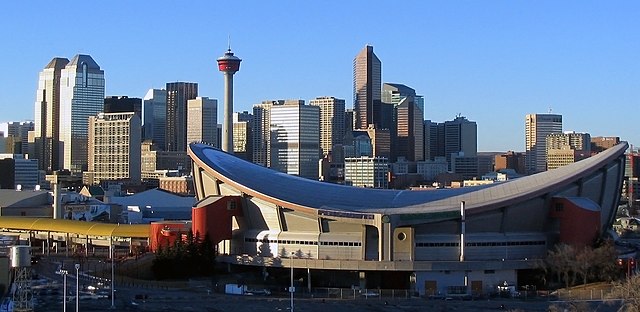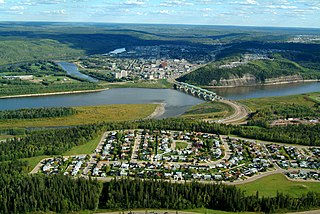Top Qs
Timeline
Chat
Perspective
2012 Alberta municipal censuses
From Wikipedia, the free encyclopedia
Remove ads
Alberta has provincial legislation allowing its municipalities to conduct municipal censuses between April 1 and June 30 inclusive.[1][2] Municipalities choose to conduct their own censuses for multiple reasons such as to better inform municipal service planning and provision, to capitalize on per capita based grant funding from higher levels of government, or to simply update their populations since the last federal census.[3]
Alberta had 359 municipalities between April 1 and June 30, 2012,[a] up from 358 during the same three-month period in 2011.[b] At least 58 of these municipalities (16.2%) conducted a municipal census in 2012. Alberta Municipal Affairs recognized those conducted by 55 of these municipalities.[6] By municipal status, it recognized those conducted by 8 of Alberta's 17 cities, 23 of 108 towns, 8 of 95 villages, 4 of 51 summer villages, 1 of 5 specialized municipalities, 3 of 64 municipal districts and all 8 Metis settlements.[6][c] In addition to those recognized by Municipal Affairs, censuses were conducted by the City of St. Albert, the Village of Beiseker and Strathcona County (a specialized municipality).
Some municipalities achieved population milestones as a result of their 2011 censuses. Calgary surpassed 1.1 million while the cities of Leduc and Fort Saskatchewan surpassed the 25,000 and the 20,000 marks respectively. Chestermere, Alberta's fourth-largest town, surpassed 15,000 residents.

Remove ads
Municipal census results
Summarize
Perspective
The following summarizes the results of the numerous municipal censuses conducted in 2012.
Remove ads
Breakdowns
Summarize
Perspective
Urban and rural service areas


Strathcona County
Wood Buffalo
Hamlets
The following is a list of hamlet populations determined by 2012 municipal censuses conducted by Strathcona County and the Regional Municipality (RM) of Wood Buffalo excluding the urban service areas of Fort McMurray and Sherwood Park that are presented above.
Remove ads
Shadow population counts
Alberta Municipal Affairs defines shadow population as "temporary residents of a municipality who are employed by an industrial or commercial establishment in the municipality for a minimum of 30 days within a municipal census year."[3] The RM of Wood Buffalo conducted a shadow population count in 2012. The following presents the results of this count for comparison with its concurrent municipal census results.
Notes
- By the end of 2013, the total number of municipalities dropped to 358 due to the dissolution of New Norway from village status to become a hamlet under the jurisdiction of Camrose County on November 1, 2012.[4]
- Improvement District No. 349 was formed on January 1, 2012 through the separation of lands from the Regional Municipality of Wood Buffalo and Lac La Biche County.[5]
- No censuses were conducted among Alberta's 3 special areas and 8 improvement districts.[6]
- The Fort McMurray and Sherwood Park urban service areas are deemed equivalents of cities.[19][20]
- Strathcona County's and the RM of Wood Buffalo's rural service areas are deemed equivalents of municipal districts.[19][20]
- Fort McMurray's population is based on 95.5% enumeration. The RM of Wood Buffalo has extrapolated this population to 74,029 based on 100% enumeration.[18]
Remove ads
See also
References
External links
Wikiwand - on
Seamless Wikipedia browsing. On steroids.
Remove ads

